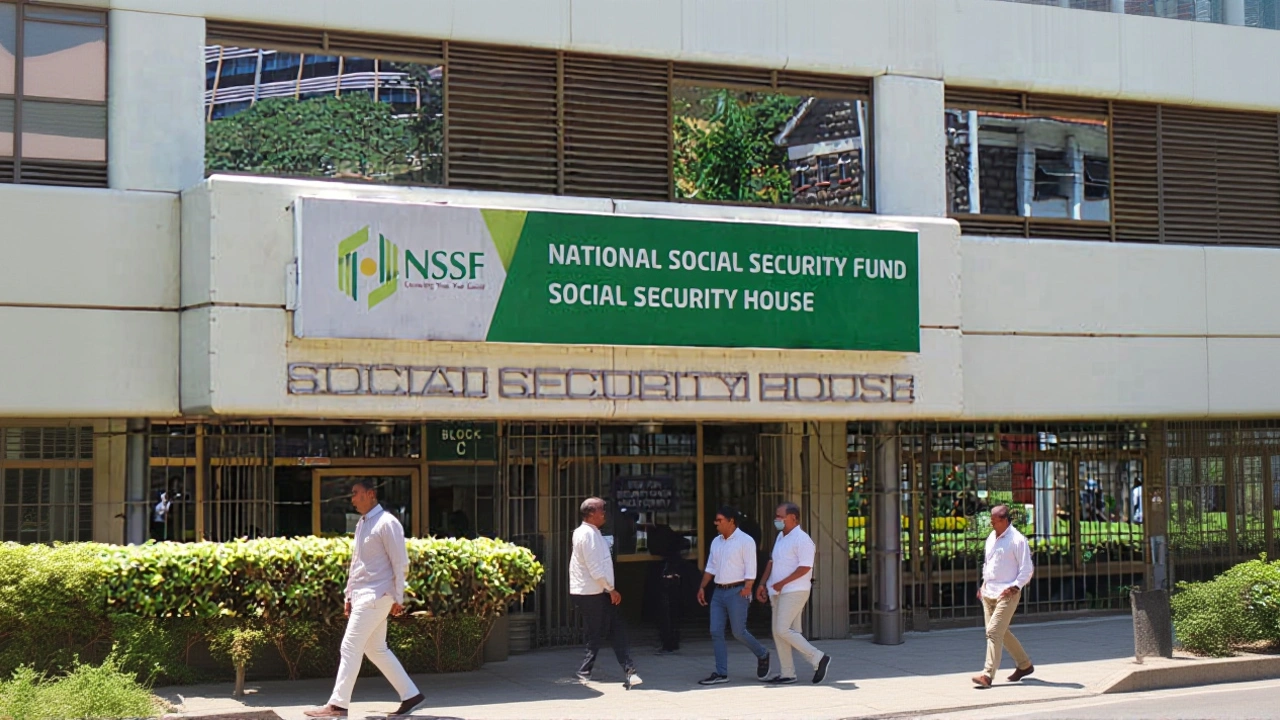Kamau Thugge – Who He Is and Why He Matters
When talking about Kamau Thugge, South Africa’s finance minister known for a tight‑fisted approach to fiscal management and macro‑economic reform. Also known as Minister Thugge, he plays a pivotal role in shaping the country’s financial future. Kamau Thugge encompasses economic policy, fiscal discipline, and debt sustainability. His agenda requires cooperation with the South African Reserve Bank, demands clear inflation targets, and influences the Treasury’s budgeting process. In practice, Thugge’s decisions affect everything from borrowing costs for small businesses to the value of the rand on the global market. The central idea is simple: sound policy leads to stable growth, and Thugge sees that as the backbone of South Africa’s recovery.
Key Areas Influenced by Kamau Thugge
One of the most visible partners in his mission is the South African Reserve Bank, the nation’s central bank responsible for monetary policy and price stability. The Reserve Bank’s primary tool is interest rate management, which directly ties to Thugge’s goal of curbing inflation. Together, they create a feedback loop: fiscal restraint supports lower inflation, which in turn lets the Reserve Bank keep rates steady, boosting investor confidence. Another essential player is the National Treasury, the government department that drafts the budget and oversees public spending. Thugge’s close work with Treasury ensures that budget deficits shrink and debt‑to‑GDP ratios improve, paving the way for more sustainable growth. These three entities—minister, Reserve Bank, Treasury—form a triangle where each side influences the others, a relationship that defines South Africa’s macro‑economic landscape today.
Inflation itself is a critical metric in this equation. Inflation, the rate at which prices for goods and services rise over time not only signals buying‑power changes but also dictates how aggressive monetary policy must be. Thugge’s fiscal stance aims to keep inflation within the target band set by the Reserve Bank, typically around 3‑6 %. When public spending is disciplined, inflation pressures ease, allowing the central bank to avoid sharp rate hikes that could stifle growth. Conversely, unchecked spending would push prices up, forcing the Reserve Bank into tighter policy that could dampen economic activity. This cause‑and‑effect chain shows why Thugge’s coordination with both the Reserve Bank and Treasury is essential for maintaining price stability.
Below you’ll find a collection of the latest articles that track Thugge’s policy moves, market reactions, and the broader impact on South Africa’s economy. Whether you’re interested in detailed analysis of budget reforms, the latest Reserve Bank statements, or how inflation trends are shaping everyday life, this roundup offers a clear view of the forces at play.
Kenyan Parliament Calls CMA to Account Over NSSF’s Sh2 bn Loss
Kenya’s parliament summons the CMA over ignored alerts about NSSF bond trades that may have cost pensioners up to Sh2 billion, sparking calls for regulator accountability.
READ MORE
